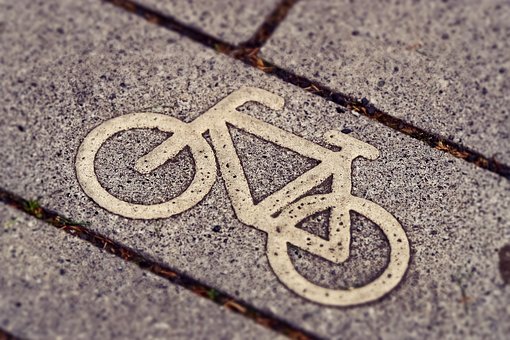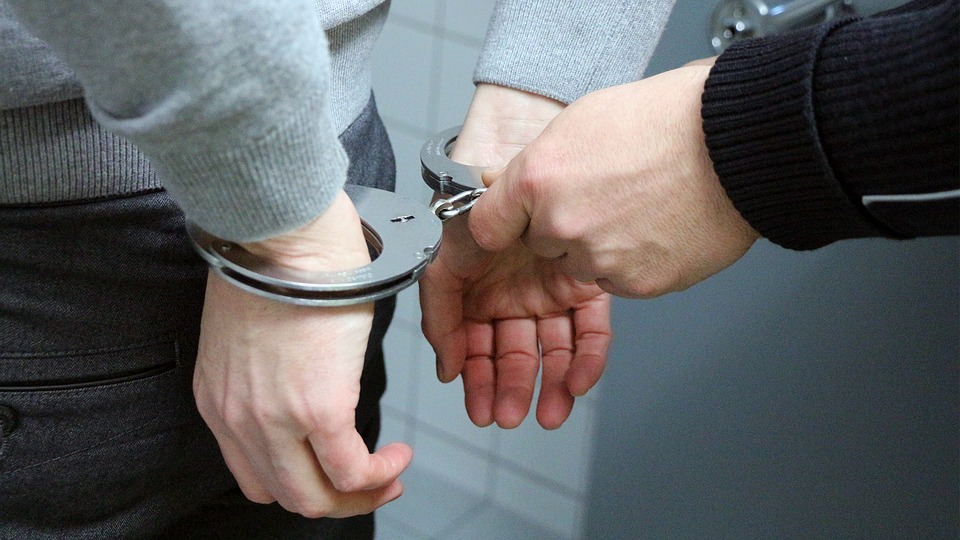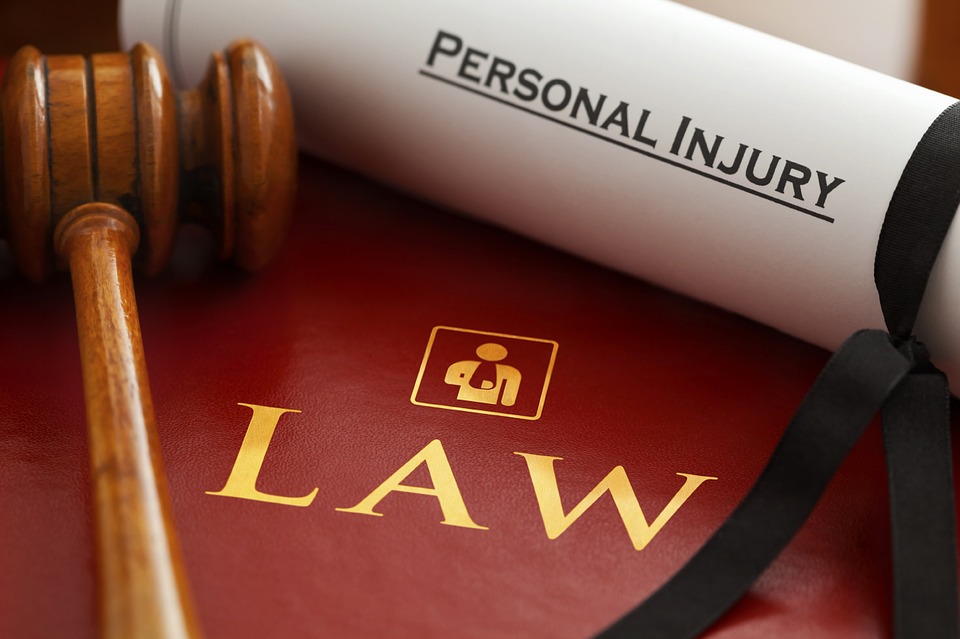
Cyclist Safety Tips
Cyclists should wear a correctly fitting helmet. This should be to minimise the risk of a serious head injury if they come off their bike. Wearing light coloured or fluorescent clothing can make it easier to be seen by other road users in both the dark and daylight. That way cyclist safety can be prioritized
Lights and Reflective Gear
At night cyclists MUST have red rear lights. They must also have white front lights lit as well as a red rear reflector and amber pedal reflectors. As well as using reflectors to be seen cyclists can use lights on their bikes. Although if cycling in an area with no street lights it is recommended that a steady front lamp is used rather than a flashing light, as not to dazzle other road users.
Cyclists on Pavements
There is often a lot of confusion around the subject of whether cyclists are permitted to cycle on pavements or not. According to section 64 of The Highway Code “According to Laws HA 1835 section 72 & RSA 1984, section 129, cyclists must not cycle on the pavement“.
Alcohol and Drugs
If a cyclist is deemed to be under the influence of drugs or alcohol to the extent where they are incapable of having proper control of their bike they can be given a fine. This can be up to £1000 if they are cycling on a road or other public place.
Additional Tips
- Make sure you signal clearly so motorists know where you are going
- Use a bell to make pedestrians aware of your presence
- Reduce speed and take into account stopping distance when roads are wet
- Try to make eye contact with drivers at junctions and roundabouts so you know you’ve been seen
- Be sure to give plenty of room when riding past parked cars in case someone opens the door without looking





Recent Comments